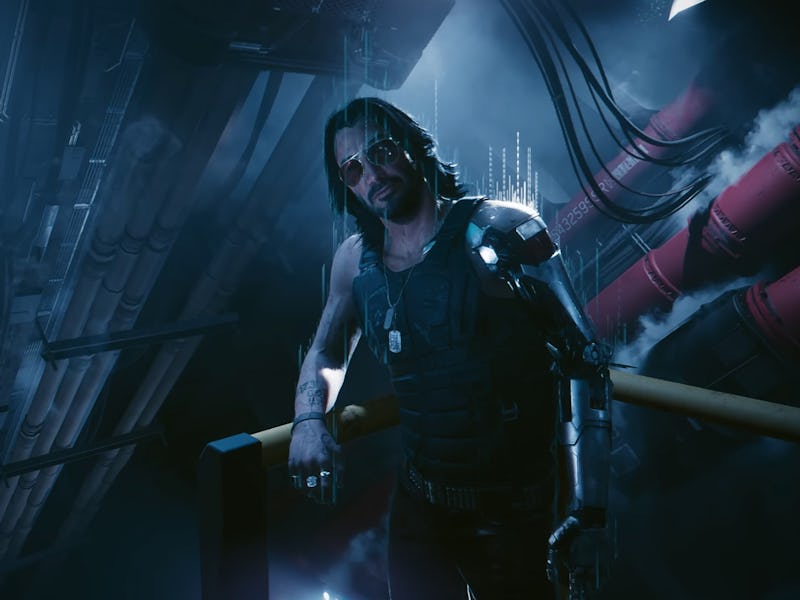Phantom Liberty Proves Nobody Does DLC Better Than CD Projekt Red
When the expansion becomes the main event.

CD Projekt Red had a lot to prove with Cyberpunk 2077: Phantom Liberty, the only expansion to the base game. After the game’s disastrous release in 2020 and years of trying to fix problems and win back players, Phantom Liberty is the studio’s second chance — which it succeeds at. Phantom Liberty is great, even better than the base game. But this isn’t the first time CD Projekt Red has shown that its best work is down after the initial release of a game.
The Witcher 3: Wild Hunt came out in 2015 and was praised for its storytelling and well-designed world. It has deservedly gained a reputation for being one of the best RPGs of the last decade. But one year after the game’s release, CD Projekt Red delivered the second of two expansions which managed to be even better. That expansion is Blood and Wine.
Phantom Liberty’s incredible spy story redeems the base game.
Both Blood and Wine and Phantom Liberty reveal that CD Projekt Red has a unique ability to iterate on a base experience in ways that only improve the player’s time in the world. Phantom Liberty is in some ways the simpler example to understand, considering that Cyberpunk 2077 was initially panned. It would be hard to be worse than the base game, and expectations were also lower due to the years of issues the game has faced since 2020.
Phantom Liberty smartly shifts the core experience of Cyberpunk 2077 in small but meaningful ways. While the expansion is still very much a cyberpunk (the genre not the franchise) story, Phantom Liberty is predominately a spy thriller. It opens up the world and its residents to new conflicts and opportunities, while also offering more for players to do. The mission structure reflects this by riffing on spy movies like Mission: Impossible to give the player a sense of stakes.
Overall, all of these improvements that come in the new setting, characters, and mission structure in Phantom Liberty have earned it wide acclaim.
Like Phantom Liberty, The Witcher 3: Blood and Wine shows how CD Projekt Red uses expansions to improve upon the base game.
Conversely, Blood and Wine had the unenviable task of following up a modern masterpiece of RPG design. But like Phantom Liberty, it gives players a new flavor to dive into. The Witcher 3 is a darker fantasy setting, defined by a muted color palette in the world. Blood and Wine offers the complete opposite in its new location of Toussaint, which has a technicolor palette and leans hard into an almost childlike perception of Western folklore and fantasy.
Blood and Wine offers a refreshing counter to the base game, but still holds connective tissue in how the expansion eventually subverts the colorful world of Toussaint by revealing a plot about vampires and generational betrayal. The expansion also holds some of the best side content in The Witcher 3.
With Phantom Liberty and Blood and Wine, CD Projekt Red shows the value of spending time within a world and iterating upon the base game. While full-fledged sequels have a lot more stakes and have to do much more, expansions offer smaller experiences for developers to make interesting changes and subversions to the base game’s formula. Without the need to completely prevent entire systems from scratch, developers get to live more in the world of the game and tease out new stories that often dig one level deeper, offering satisfying payoffs for the player.